In 1997, Apple Computer Inc. celebrated 17 geniuses who dared to “think different” in the iconic “Here’s to the Crazy Ones” ad. Jump a quarter century, and our team here at Yachting says, “Here’s to the innovative ones.” The following showcases our annual celebration of individuals and organizations that have pushed the marine industry’s boundaries. Welcome, Innovators Class of 2022.
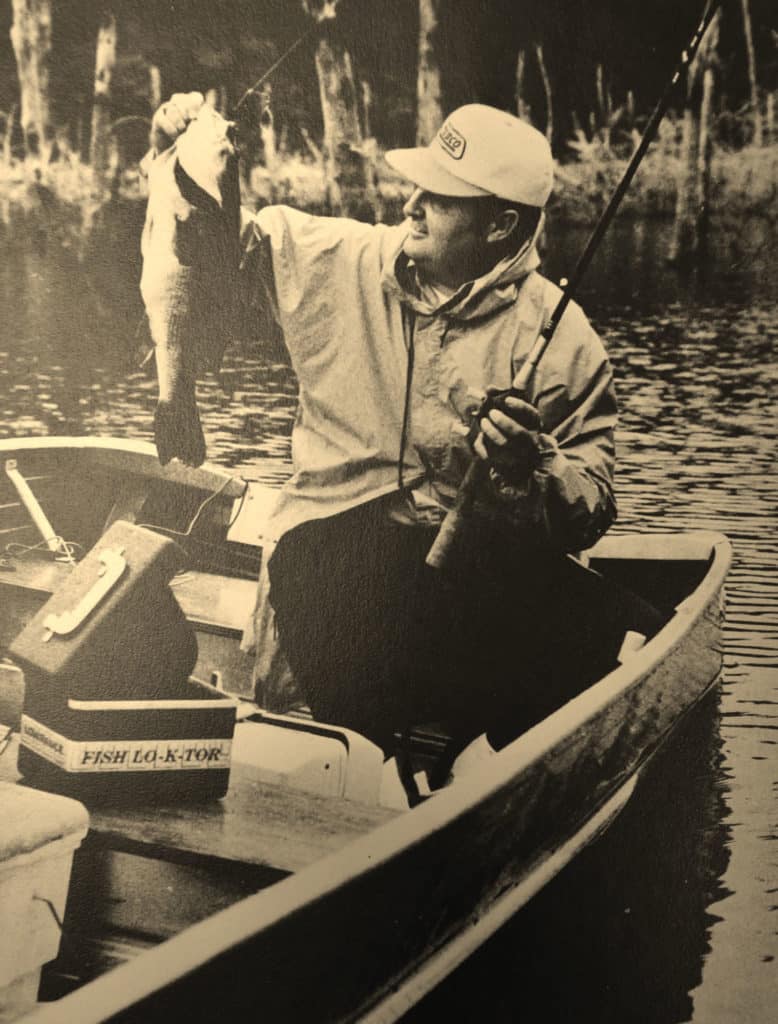
Darrell Lowrance
Darrell Lowrance—who became an internationally recognized angler, boater and co-inventor of the world’s first recreational electronic fish finder—originated his path in the cockpit of his airplane. Legend has it that he was flying over Oklahoma’s Grand Lake O’ the Cherokees when he noticed that he could see fish in the clear waters. This experience inspired him to consider whether sonar, which had been employed to hunt submarines in wartime, might be leveraged to locate fish.
Lowrance joined forces with his father, Carl, and his brother, Arlen. In 1957, the trio introduced the first recreational sonar. It was dubbed the Fish Lo-K-Tor. On the docks, it was simply called the “little green box.” It could determine water depth and detect suspended objects in the water column.
By 1984, Lowrance Electronics had sold more than a million little green boxes. Other breakthroughs followed, including the first high-speed sonars, graph recorders and integrated sonar/GPS devices.
Darrell Lowrance served as president and CEO of Lowrance Electronics from 1964 to 2006, when Altor purchased the company and consolidated into Navico. Prior to this acquisition, Lowrance Electronics employed some 1,250 workers at its Tulsa, Oklahoma, headquarters and its factory in Ensenada, Mexico, where the company produced more than 90 products and accessories.
Lowrance retired in 2007. He and his wife, Kathleen, relocated to their homes in Plano, Texas, and Port Orange, Florida. Lowrance received the American Sportfishing Association’s Lifetime Achievement Award in 2007, and he was inducted into the Bass Fishing Hall of Fame in 2013. He died in 2019. “The world has lost a great man and a true visionary,” the CEO of Navico said.
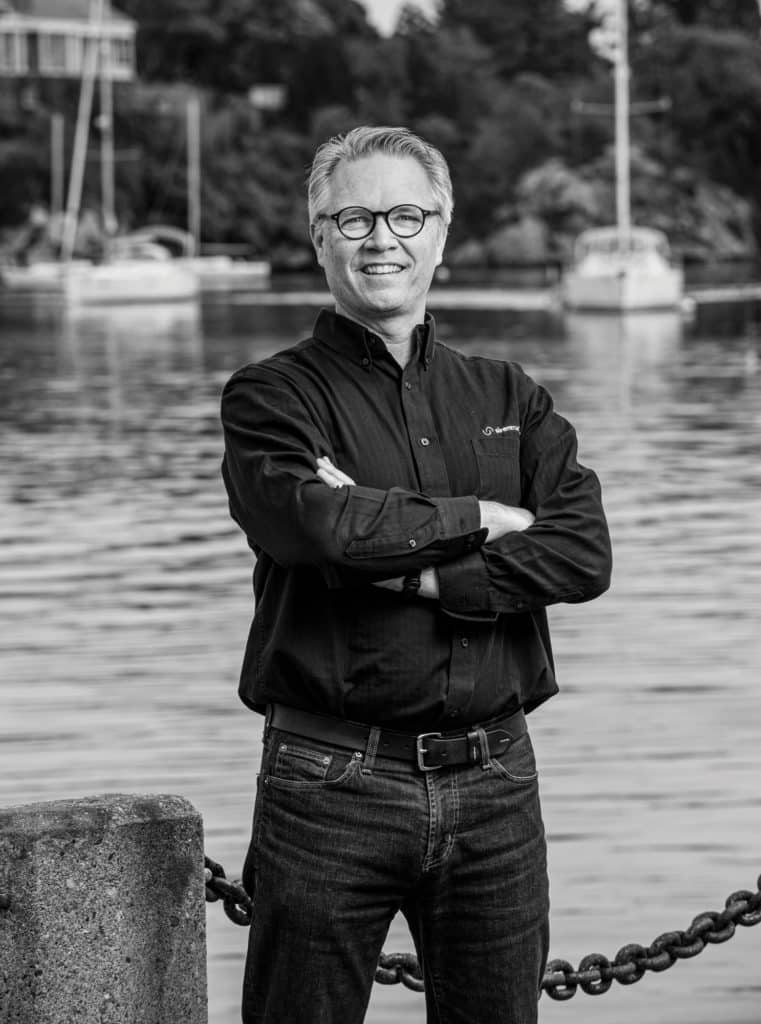
Daniel Harper
In 2011, most people were just warming up to the idea that a few screen taps could elicit real-world changes (read: Nest thermostats). Daniel Harper, however, was ahead of the coming connected-boat curve. His experience as a professional captain had shown him that small onboard issues, if left unchecked, could snowball into emergencies. Examples include overflowing bilges and low battery levels, as well as onboard security and geofencing concerns.
Harper founded Siren Marine in 2011. The business introduced boaters and the marine industry to how an onboard network of sensors connected to a cellular modem could serve as a monitoring, tracking and control system. Siren Marine products began to notify boat owners about onboard issues or concerns via a wireless device and the Siren Marine app.
As the Internet of Things expanded, many boat owners began to leverage Siren Marine products to, for example, turn on HVAC systems, create masthead tricolors, and access other connected devices from afar. At the same time, Siren Marine’s monitoring and tracking products—including the Siren 3 Pro system released in 2020—provide owners with peace of mind about thefts and intrusions. The SirenSat offshore antenna allows owners to track their yachts via satellite communications when the vessel travels outside of cellular range.
Harper, who resided in Newport, Rhode Island, was a longtime sailor and regularly delivered Corban, his Swan 42, to and from the Caribbean, often singlehanded. Harper died in 2021, when the Siren Marine team acknowledged him as “a man who forged the future of the marine industry.”
Freedom Boat Club
In 1975, John Bogle founded the Vanguard Group and created the first index fund for individual investors. It meant that even small- and medium-size investors could access funds with less risk than individual stocks, and with less cost than actively managed funds.
Freedom Boat Club—established in 1989—did something similar with boat ownership.
The idea is that instead of an individual shouldering the costs of a boat on his own, Freedom Boat Club members receive access to a fleet of locally appropriate boats at their franchise-owned locations. The club sells different membership plans, some of which include reciprocal agreements at other locations (there are more than 300 locations in the United States, Canada, Spain, the UK and France). The boats are used only by club members. Membership is open to anyone, and many memberships involve entire families.
Freedom Boat Club was sold to an investment group as the business began to flourish, and then John Giglio and Robert Daly, who had been involved on the investment side, purchased it in 2011. Giglio bought out Daly in 2012 and, as president, grew the club to more than 20,000 members before selling it in 2019 to Brunswick Corp., the parent company of Boston Whaler, Sea Ray, Mercury Marine and other leading marine brands.
Today, Freedom Boat Club is focusing on expansion in the Northeast United States, including New York and Connecticut.
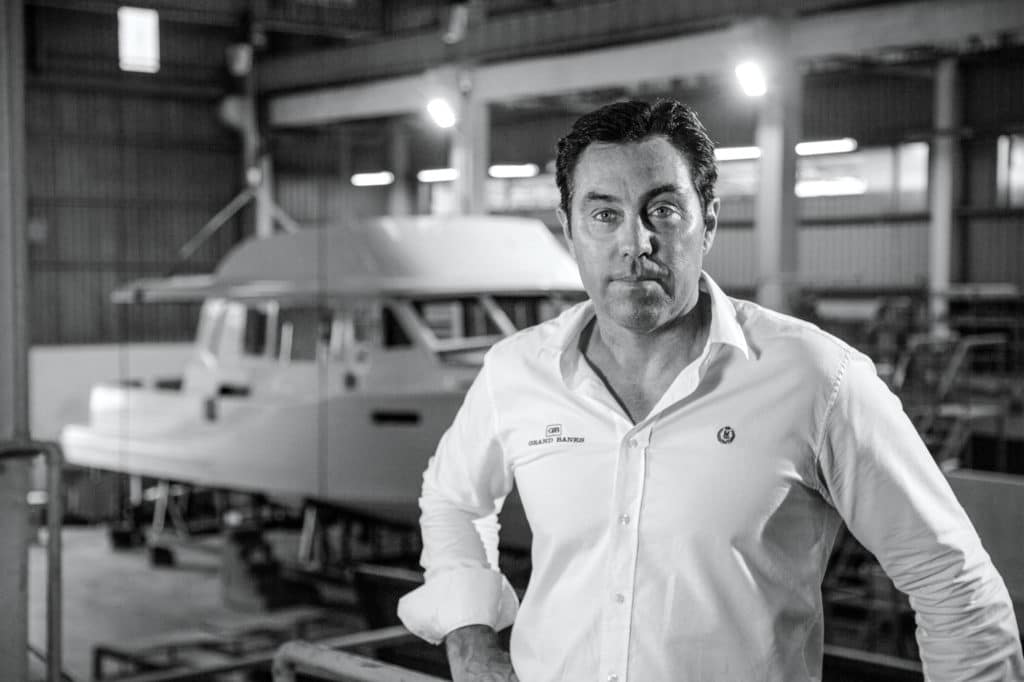
Mark Richards
Minimum drag, maximum lift. That’s how the GB Marine Group, led by Mark Richards, describes its V-Warp hull, which the company employs on Grand Banks, Palm Beach and Eastbay models. Richards founded Palm Beach Motor Yachts in 1995, and he first employed a V-Warp hull, which was inspired by US Navy and NASA research, on the 1998 Palm Beach 38.
The concept of minimum drag, maximum lift didn’t just come from the US government. Richards was born in 1967 in Australia, a nation whose history proudly includes the annual Rolex Sydney Hobart Yacht Race. This legendary rough-and-tumble race takes the fleet down Australia’s east coast, across Bass Strait and up the River Derwent. Simple flying this isn’t: In 1998, five yachts sank and six sailors died.
In 2005, Australian businessman Bob Oatley launched Wild Oats XI, a 100-footer that Reichel/Pugh designed for minimum drag and maximum lift to dominate the race. Richards, the winning helmsman of the 2003 Admiral’s Cup, was named skipper.
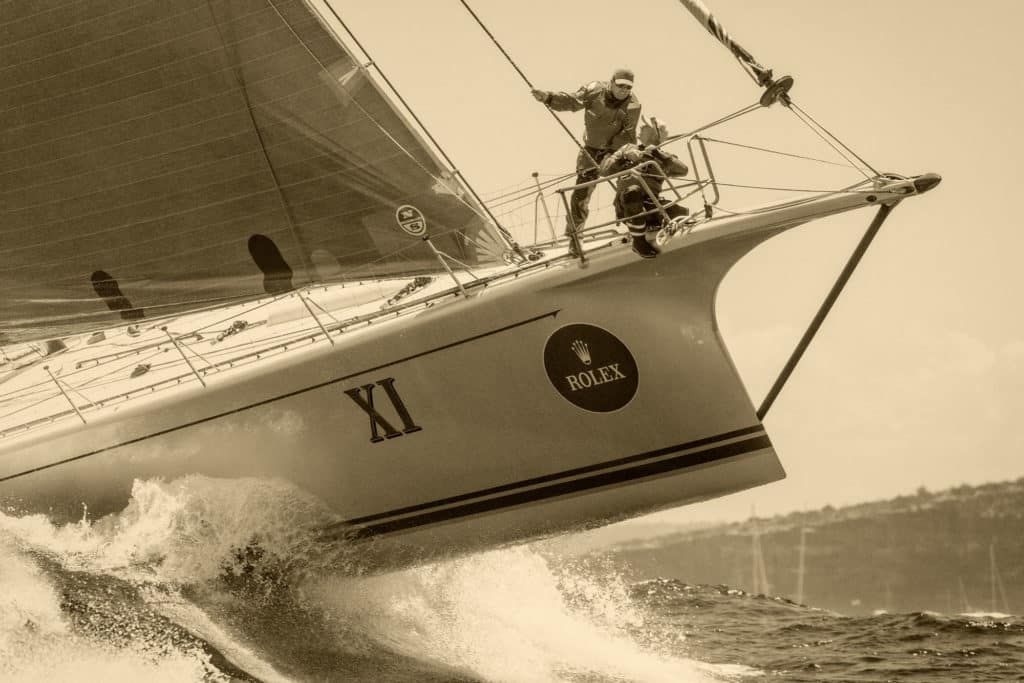
The yacht won line honors (it was the first horse to the barn) nine times under Richards’ command. In 2012, it became the only yacht to win a second Sydney-Hobart treble: line honors, a corrected-time victory and a new course record.
In 2014, Grand Banks (the forerunner to GB Marine Group) acquired Palm Beach Motor Yachts. Richards was named CEO, and V-Warp hulls started appearing on Grand Banks and Eastbay builds. During testing last year, the new flagship Grand Banks 85 reportedly saw a range of 1,000 nautical miles at a fast cruising speed of 21 knots.
Richards said at the time: “We had one primary objective above all when we started the 85: to deliver the most fuel-efficient, high-speed, long-range cruiser of this size in the world.”
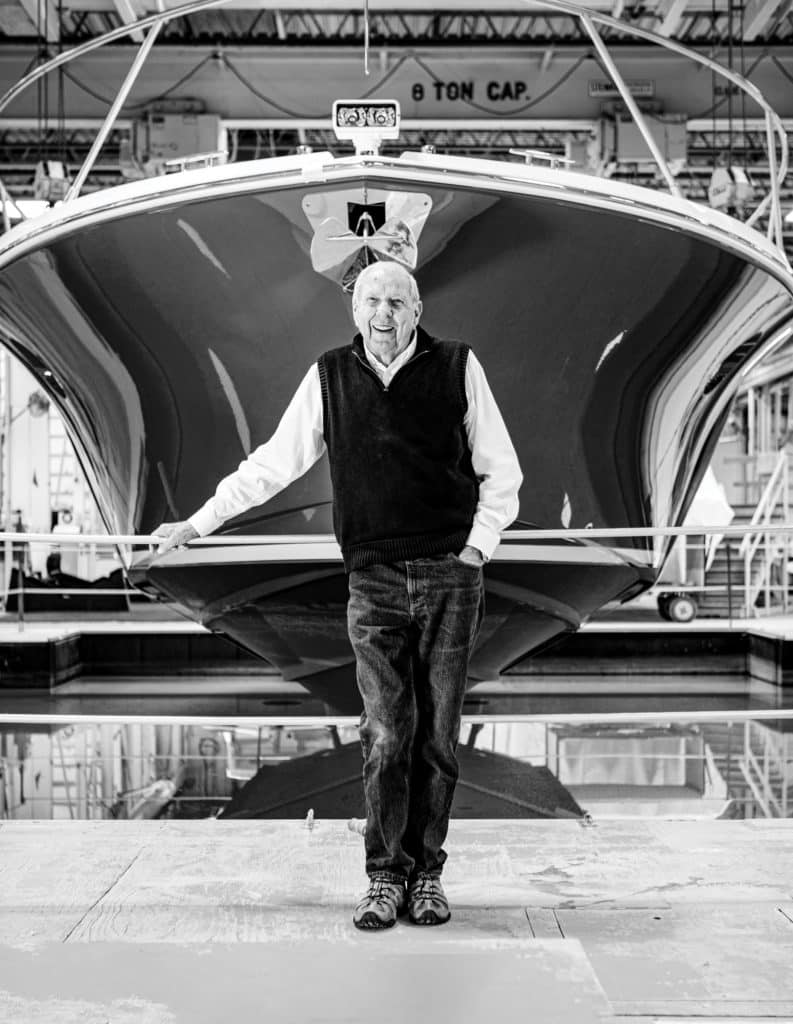
Leon Slikkers
In 1946, 18-year-old Leon Slikkers reported for his first day as a carpenter at the Chris-Craft factory in Holland, Michigan. Roughly a decade later, he sold his home to raise $5,000 and create the Slickcraft Boat Co. Slikkers also began testing composite and fiberglass construction processes. He sold the business to AMF in 1969 and remained president for five years.
While the sale agreement included a noncompete clause, its fine print didn’t mention sailboats. So, in 1974, Slikkers founded S2 Yachts. His factory employed forward-leaning practices, such as climate-controlled production facilities and the fitting out of interior sections while the hull was still in the mold, allowing for additional curing time.
When Slikkers was free of the noncompete clause, S2 introduced two brands: Tiara in 1976, building midsize sportboats, and Pursuit in 1978, producing rugged sport-fishing rides.
S2 built its last sloop in 1989 and sold Pursuit to Malibu Boats in 2018. Today, the company is called Tiara Yachts. It builds inboards from 39 to 53 feet and outboards from 34 to 48 feet.
In September, the company announced that Slikkers was retiring at age 93. S2 is now run by second- and third-generation members of the Slikkers family, who continue to build yachts in Holland, Michigan.
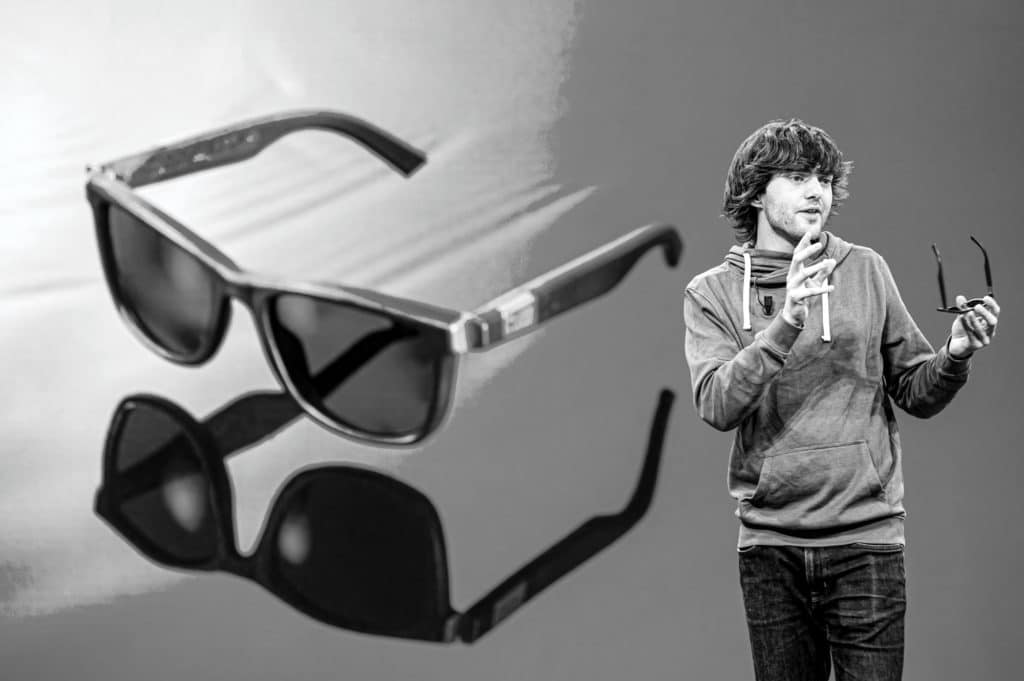
Thinking Green
Boyan Slat is a 27-year-old Dutch inventor and entrepreneur. At age 18, he devised a system that harnessed ocean currents to collect plastics. In 2013, Slat dropped out of an aerospace engineering program to found the Ocean Cleanup, a nonprofit that aims to rid the world’s oceans of 90 percent of floating plastics by 2040. The nonprofit uses tech-laden “vehicles” that gather debris, which is brought ashore and recycled.









